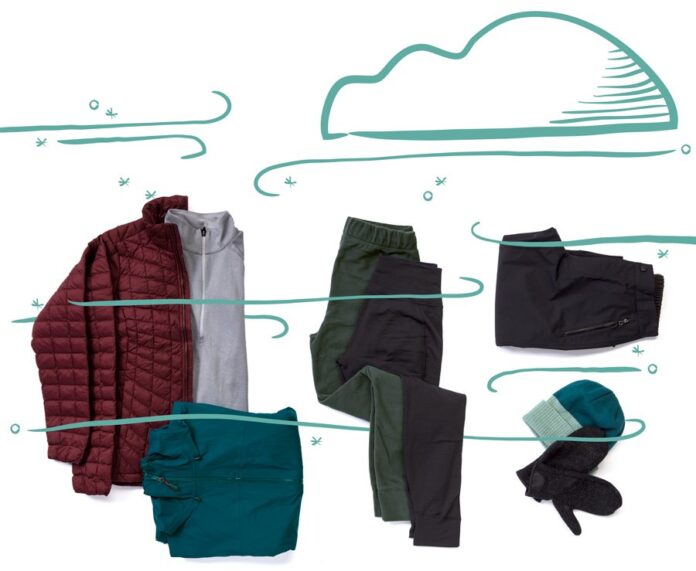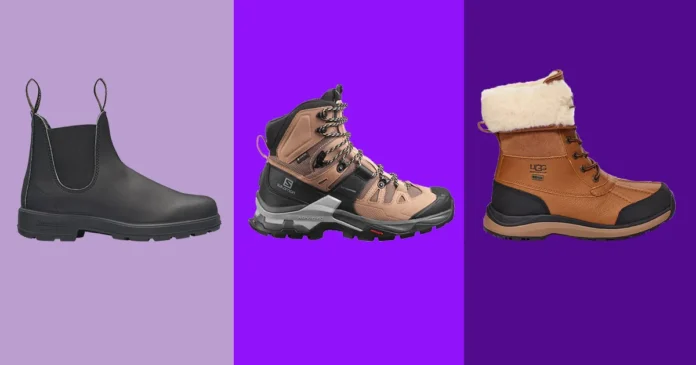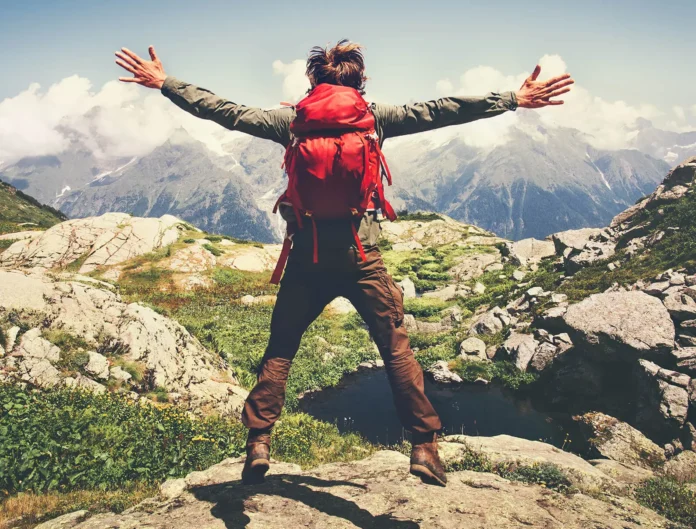If you are adventurous and love nature, then you are in the right place! There are so many places on this little planet of ours that are worth your time and visit. Whether you enjoy hiking, free climbing, or riding a quad, everyone’s motive is to enjoy the beauty of nature. Once you start down this path, it soon becomes an obsession, and a good one! Of course, each of these sports requires a certain amount of preparation, both physical and mental. As for the physical ones, apart from physical fitness, of course, this also includes the equipment you carry with you.
It is very important to choose the clothes you will take with you on the hiking trip you are going on. Clothes can be your best friend in many situations. It is the one who protects you from wind, rain and cold if you set out on this adventure during the colder months of the year. If you are a beginner in this world of hiking, you must know that even in summer and high temperatures, climate change can surprise you if you set out to conquer a higher altitude. Depending on where you intend to go hiking, you can encounter low temperatures at any time of the year, which can cause serious consequences. That’s why we advise you to stay with us and follow the 5 cold-weather hiking clothing tips for first-timers that we have prepared for you in the text below.
1. Supplements for your skin!

You know that skin is prone to freezing due to low temperatures. We don’t want that at all, do we? That’s why clothes and accessories are never enough. Although at one moment it may seem like it is too much, believe me, it is better to have twice as much in your backpack than to have need for some small detail in the middle of a hike. Pay special attention to your face. A face mask can do a good job of keeping cold air from reaching your nose. Wear headbands to cover your ears.
You can add a unique style by creating a personalized bandana or gaiter mask from vivipins.com which will keep you warm as well as cover your ear too.
There are gloves for your hands. Waterproof ones would be a good choice. For your feet, you have woolen socks on offer that are excellent for maintaining your body temperature.
And we’ll repeat once more, you can never have enough of these accessories! In case you walk through snow or water and get your socks wet, the second pair from the backpack you brought will come as a lifesaver, right? So think carefully about what you need to protect the parts of your body that are directly exposed to the wind, and don’t be afraid to bring a duplicate.
2. Layers, layers, layers!

A special accent should be placed on layers of clothing! There is a so-called wear layer that consists of three parts, and it fits your body perfectly, and its functions are incredible. Also, you can combine parts of clothing yourself, but the essence is the same, three layers of clothing are mandatory! Here’s what that means.
The first layer will be the one that immediately goes to your skin and serves to remove sweat from your body. It serves to keep you dry and not wet in the cold. The thickness of this layer depends on the temperature of the area you visit, but you also have to find the one that suits you and your body.
The middle layer should serve as a shield from the cold. It is key to maintaining body heat. It needs to be not too thick, yet stretchy and adaptable to your body. A synthetic hoodie can come into play here.
The third layer protects against wind and moisture. It should be an excellent insulator and wind resistant. This layer is mostly made of synthetic down or fleece. If you have a problem finding the ideal one for you, you will find the best-heated vest for such occasions on the website https://www.doacewear.com/.
3. Say no to a tight clothes
No matter how well your leggings, pants, or T-shirt are made of good material or brand, if they are tight and inelastic, cross them at the start. They can warm you wonderfully and keep you warm, but if they are tight, they are by no means desirable to take with you on the road. Here’s why. If you wear things for a long time that squeeze you, press you, that are tight around your arms, legs, and waist, your circulation will become bad very quickly. Even though you are constantly moving during hiking, in the place where the blood circulation is interrupted or stopped for a short time, it is very difficult to recover it, it is even more difficult to reach the desired temperature again. So that you forget everything that was taken from you. You have a handful of things that are elastic, very comfortable, and ideal for low temperatures, but they don’t have elastic. Think about it.
4. Cotton is for kids

We know that cotton is very healthy, and that it pleases the skin. In fact when we go shopping and see that 100% cotton is a clothing item that we like, we immediately put it in the basket, right? Well, that’s not the case here. The reason is the following. Cotton absorbs water very well. However, when it gets completely wet, it needs a long time to dry. During the drying process, it can only have the opposite effect, instead of warming you, it would both cool you and make you moist at low temperatures. We believe that this would not be a scenario that would suit you under those conditions. Based on all that has been said, avoid cotton on your hiking!
5. Winter boots

Of course, boots, in this case, winter boots, are an indispensable part of every hiking trip. The most important thing is certainly the comfort of the boots. They have to be bulkier and much heavier than regular ones, but that also makes you more stable when hiking. The inside would be good if it contained wool that would give your feet warm. The outer layer of the boots would be great if it was made of leather (sheepskin turned out to be great) and if they were waterproof. Your ankle must be secured firmly during the walk. So it is recommended that at low temperatures, these boots are above the ankle so that they protect the greater part of your foot and leg. In this way, you will not have a problem stepping into the snow of any depth or a puddle of water.




